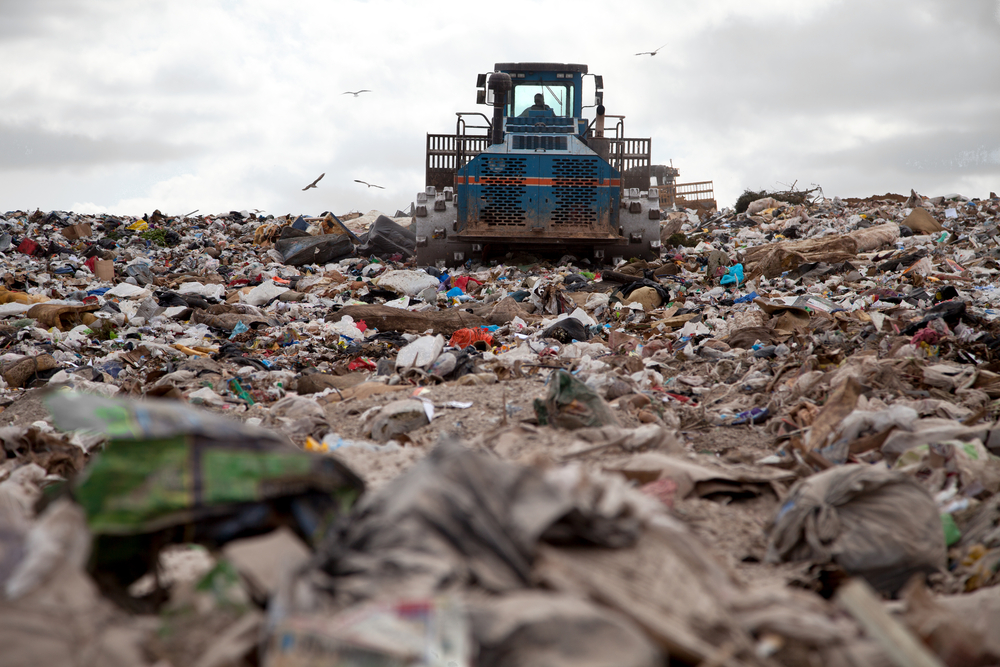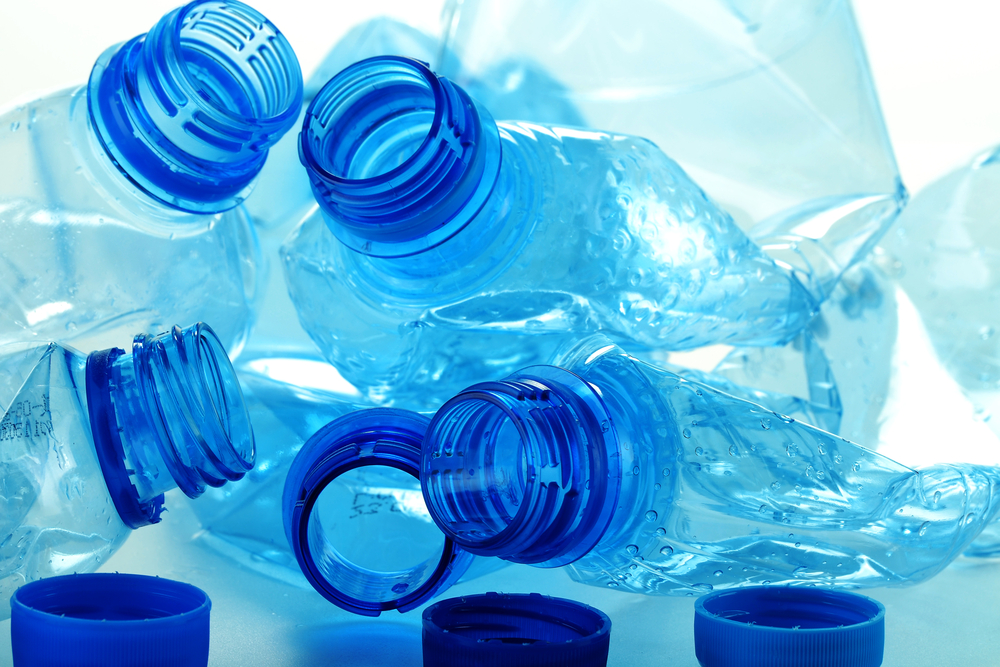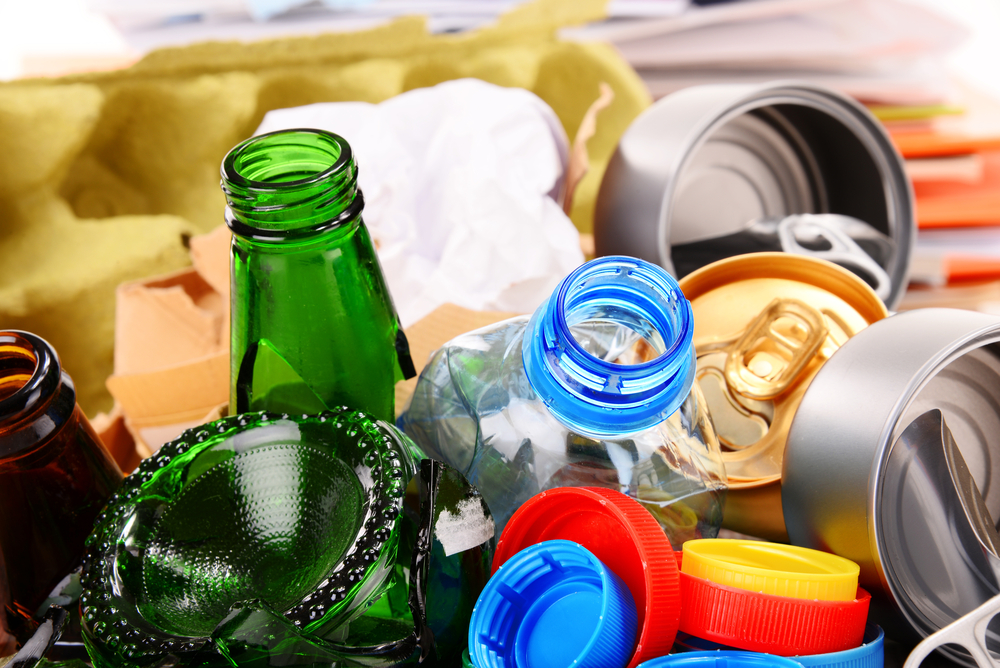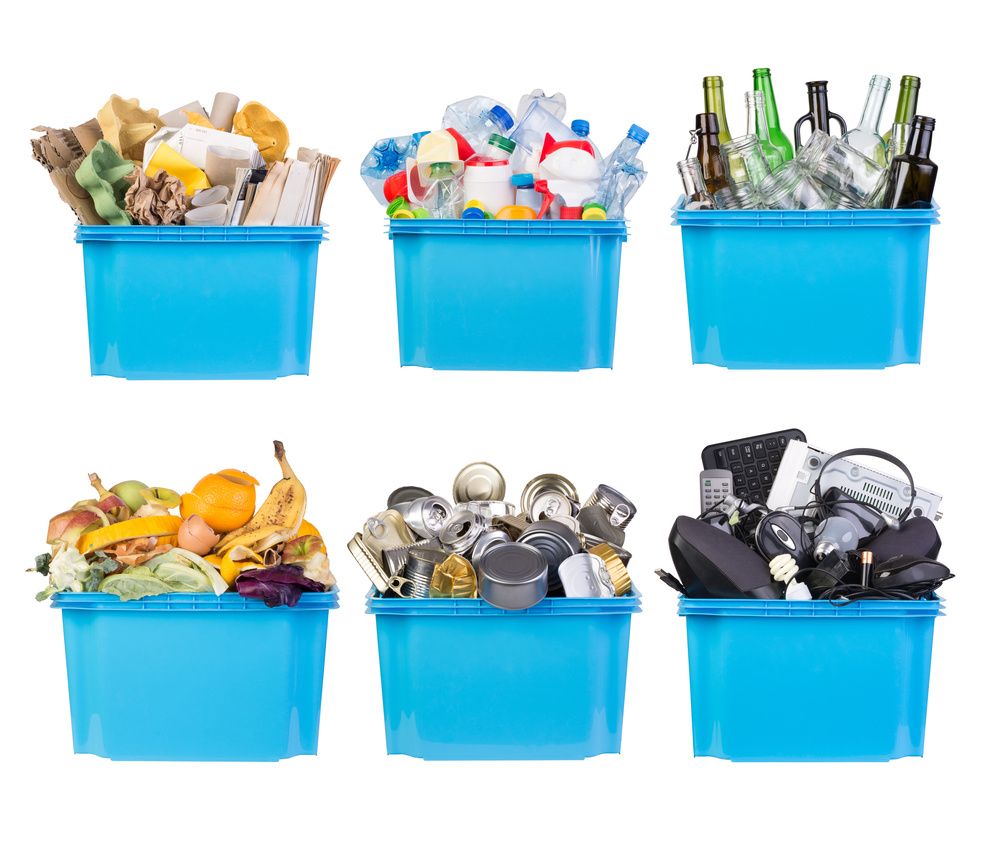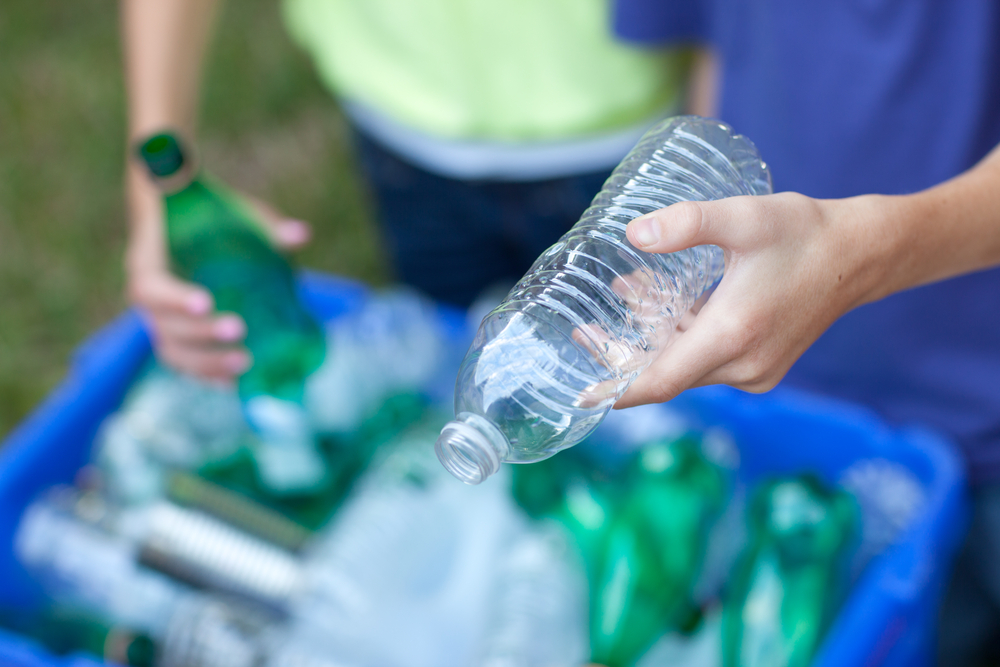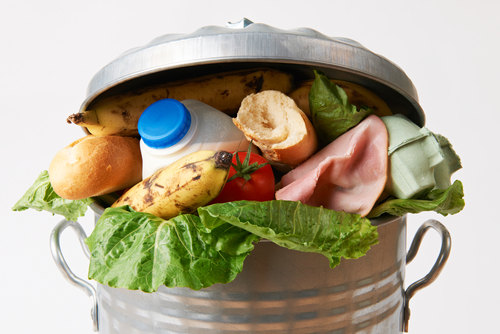
As a business owner, it is important to get the name of your business out to as many potential customers as possible. As such, businesses have looked for increasingly creative ways to display their logos and business name. One option that you might want to consider for advertising your business while also fulfilling a need within your establishment or community is to utilize a logo trash can.
What is a Logo Trash Can?
Simply put, a logo trash can is a waste receptacle that has the name of your business or your business logo on the side. Some cities actually help to pay for their waste management by renting trash receptacles with the logos and names of area businesses on the sides. In other cases, businesses choose to have their logos placed on their trash receptacles in order to create a more professional look while also helping to further advertise their business.
Logo Trash Cans from Securr
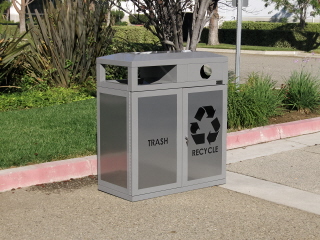
At Securr, we can utilize our unique in-house capabilities to fabricate a logo trash can or recycling bin to suit your business needs. In most cases, the logo is custom laser cut into the metal side panels before being attached to the container. A backing panel made from an offsetting color is then used to help make your logo really pop and come to life. Securr offers containers with several side panel style options, all of which are replaceable in case of damage or when in need of new design requirements.
If the custom laser cut option is not feasible, another option is to simply affix a custom logo made from a high-grade vinyl decal to the side of the container. These decals can be made in virtually any size, shape and color. Not only are they less costly than the custom laser cut option, but they are also easy to replace in case of damage. Standard decals that are available at no extra cost include Trash, Recycle, Aluminum, Glass and Plastic. The Recycle Symbol is also available at no extra cost. Custom lettering and graphics, however, are available with an upcharge.
Style and Function
In addition to providing a great way to advertise your business, trash receptacles from Securr offer an attractive and easy-to-use design available in colors such as white, black, sky blue, fir green, olive green and forest brown. Made from heavy-gauge corrosion resistant steel with UV-resistant textured powder coating, you can rest assured your trash receptacle will not rust under any environmental circumstances. Similarly, the side opening door allows for easy emptying, which also helps to reduce the risk of back injuries since the waste does not need to be removed from the top of the waste receptacle. To ensure the receptacle remains properly in place, it comes with bold down holes located on the inside of the container. The ADA-compliant receptacles also feature a rigid plastic liner, while swing-out bag racks are also available at no additional cost if preferred.
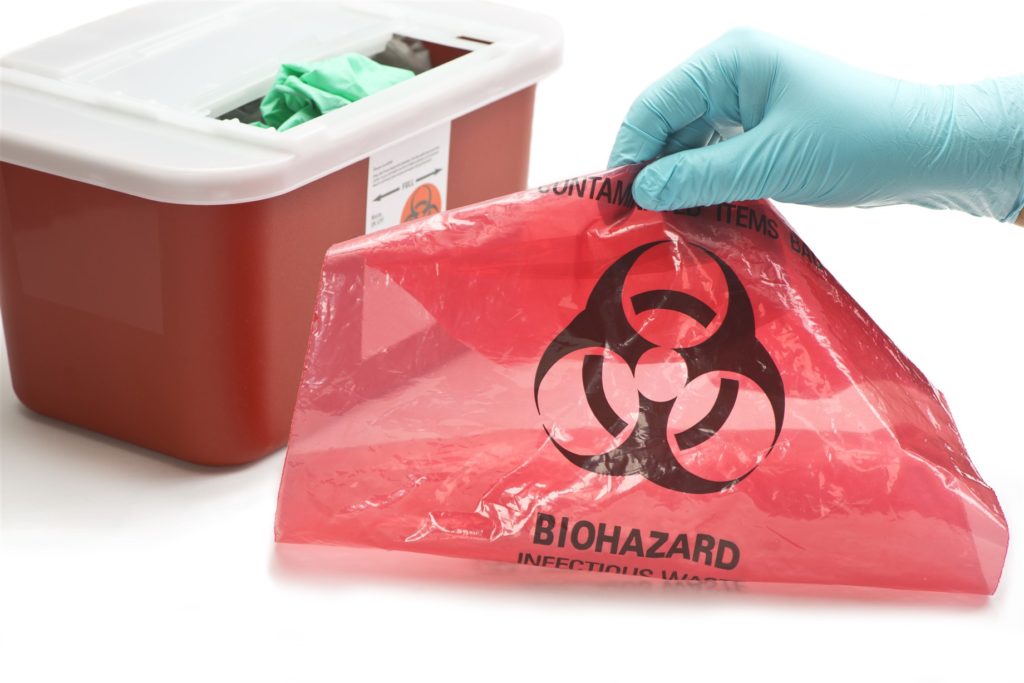
 Securr Sharps and Pharmaceutical medical waste containers
Securr Sharps and Pharmaceutical medical waste containers